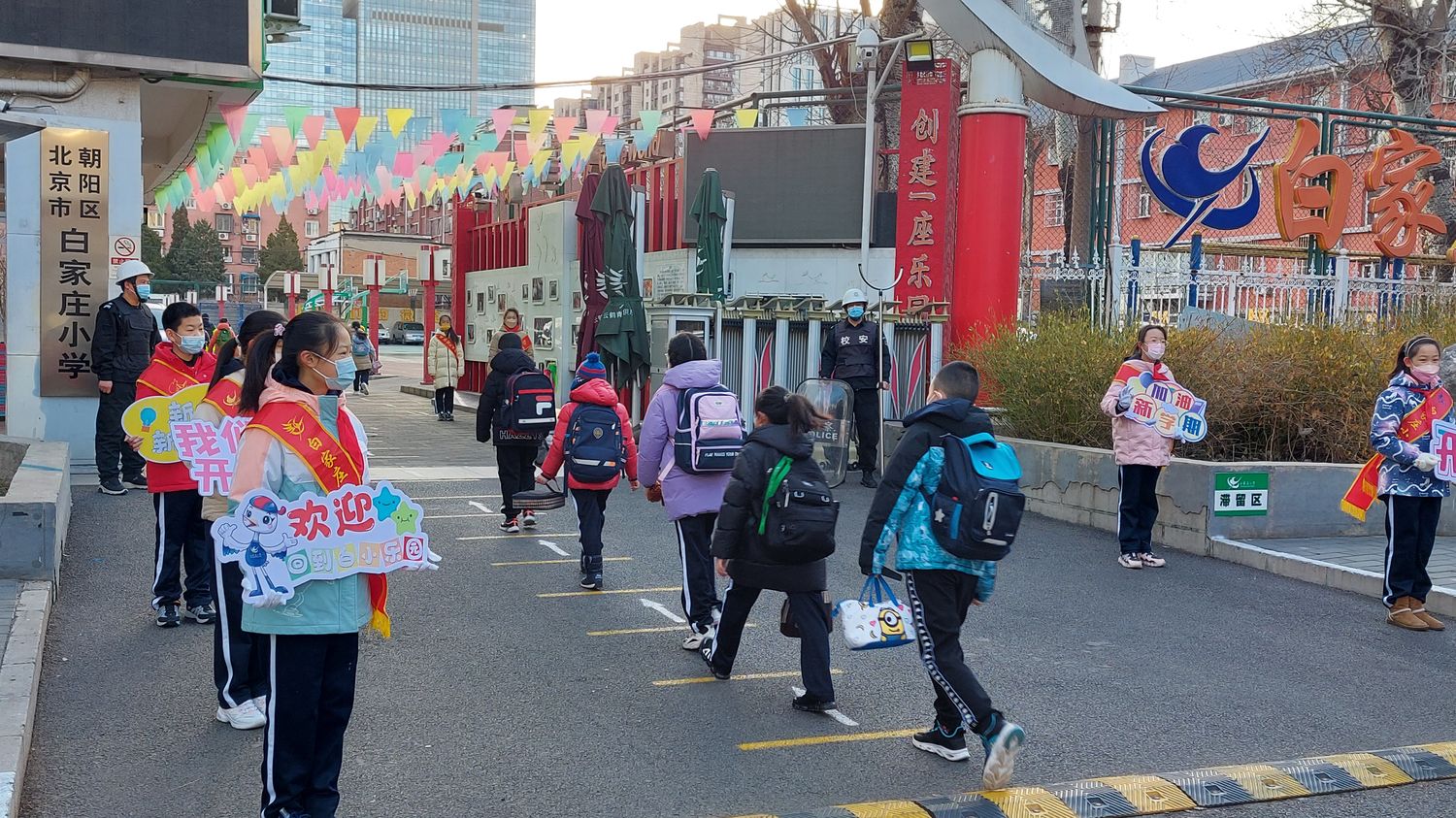By 2035, 30 million fewer students will be in classrooms in China. This raises fears of significant cuts in teaching positions and pushes the country to question the adaptations to be made in the education system.

Published
Reading time: 2 min

Chinese classrooms will gradually become empty over the next decade: 30 million fewer students are expected in primary and secondary education, according to a study by the Beijing Normal School. China is facing an inexorable decline in births and this aging of the population is shaking up the entire Chinese society. The question of birth rate is at the heart of the debates of the annual session of the Chinese parliament, which opened Tuesday March 5 and is due to last all week.
Due to the drop in the birth rate, the teaching profession will be hit hard, since 1.5 million positions are expected to disappear by 2035. The most worried are the students who are destined for this profession. “We are going to have to improve our quality and be more competitive to avoid losing our jobs, that worries me”, testifies this Pekingese who is still at university. She expects a reduction in recruitment. “Teachers will have to prepare for this situation. I hope that the state will take measures and help, for example, to find other careers. In any case, students like me need to start thinking about other professional paths.”
Take advantage of this to reduce the number of students per class
China has already started closing tens of thousands of schools. The most affected are in the Chinese countryside, where numbers were already low. “The policy varies from one place to another. Some municipalities propose the immediate closure of schools, as soon as the number falls below 50 students. Others decide to close gradually over three years as soon as the number drops below 200 studentsexplains Guo TingTing, who works at a research institute specializing in education in Beijing. Our Institute believes that we should always try to limit school closures and mergers, particularly in rural villages. We encourage this, to have better quality teaching. But it is difficult because it requires a lot of financial and human resources and a change in traditional mentalities.”
Several Chinese MPs are proposing to keep all teaching positions and take advantage of the drop in the birth rate to reduce the regulatory number of students in classes, which is particularly high in China: 45 students on average per class. “In these large classes, it is difficult for one or two teachers to take care of all the childrencomments a mother from Beijing, agreeing with the parliamentary proposal. Some students are withdrawn or have psychological problems but the teacher does not have the capacity to detect this. If the class size is smaller, the teacher will be able to attend to the students more carefully.”
“There are too many students in our class. We are in high school, so we have a lot of pressure with studies. I wish the teachers would pay more attention to us. We would obviously prefer to be in small classes”says a high school student. “In a 40-minute lesson, the teacher has 45 students in front of him and among them, many do not have the opportunity to answer the questions and do not learn effectively”, adds one of his comrades. In the most populated provinces, some classes can have up to 80 students.
